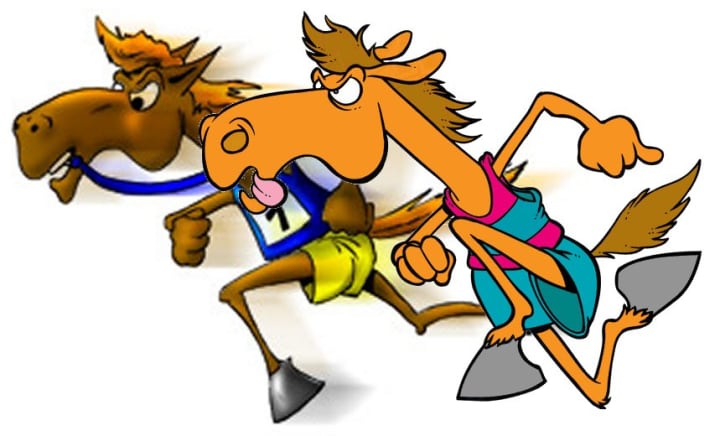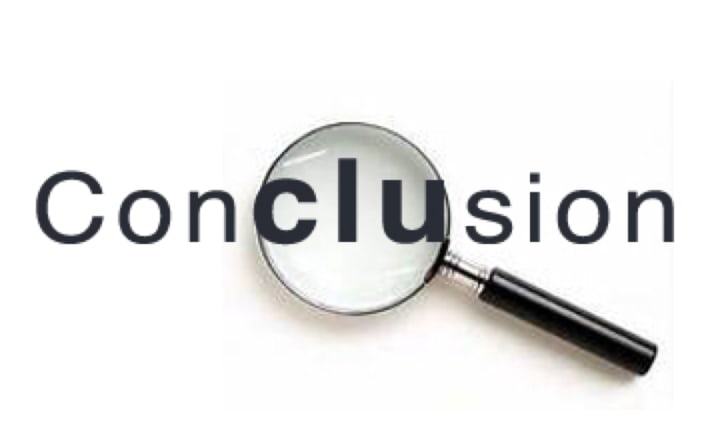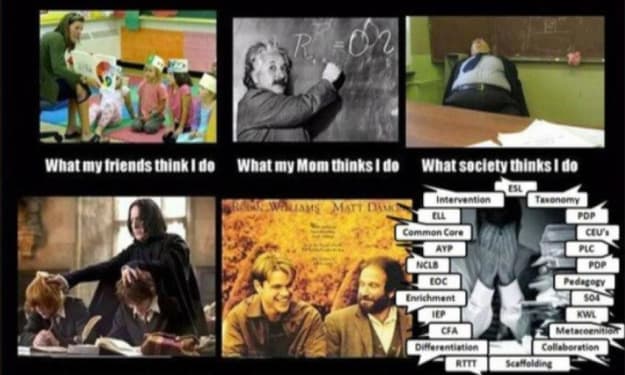Essays Made Simple
The magic number is 3. The classic 3-point structure explained: never get lost in writing an essay again!

"I expect a 4-6 page essay on Edgar Allan Poe's 'The Raven' turned in by next Friday."
What rushes through your mind as you consider this assignment? Do you feel pretty confident? Does a rising panic change your body temperature?

It's easy to get lost in your attempts to compose a halfway decent essay:
"Well, er, Poe's poem is about a raven making fun of some guy who's pretty bummed out about life. The raven likes to say, 'Nevermore,' a lot! And they named the Baltimore football team the Ravens in Poe's honor!"
These are fun facts, but if you just ramble about what you know and/or research about the guy, your teacher will be able to smell your fear! That is where the simple 3-Point Structure comes into play. Let me tell you how it works, and prepare to be amazed at the simplicity!
Step 1: Make Your 3 Main Points

First, upon knowing your topic (let's just say you are doing an essay on lollipops), you can decide what you want to say about it. You need only think of three main points you want to make about lollipops.
I. [Your Topic]: Lollipops
1) [Point 1]: The history of the lollipop
2) [Point 2]: How lollipops are made
3) [Point 3]: How lollipops have changed the world as we know it
Congratulations; you have completed Step 1 at this point! That is your first set of three!
I won't go too in-depth with thesis statements, but, essentially, your introductory paragraph in an essay tells a little ditty about how fun lollipops are (I often like using a quote or starting out with a thought-provoking statement that draws the reader in). The ending sentence of your first paragraph, generally, will introduce the three points:
"In this essay, I will discuss the lollipop's history, how this delightful candy is made, and the ways its existence has changed this world for the better."
Step 2: Exhibits A, B, and C as Evidence for Each Point

Now focus in on each of your main points as its own topic, which means you need a new set of three! For Point 1...
1) The History of the Lollipop
a) The inventor and year he invented them: George Smith and 1908
b) Why he made them and how they were initially made
c) The origin of the name
This is how it can look in your outline, but, in the actual essay, the first points' set of three paragraphs may look something like this:
[Point 1.a]: "The lollipop was invented in 1908, when a gentleman by the name of George Smith considered the difficulty of eating candy without anything to hold onto."
[Point 1.b]: "Smith decided an inedible stick which would not stick to the consumer's fingers would provide a more efficient and clean method of enjoying sweets. Initially, Smith made the lollipop a soft, spiraled candy atop the paper stick. The lollipop evolved from there throughout years of feedback."

[Point 1.c]: "Smith decided upon the candy's name through a reference to a famous race horse of his time, Lolly Pop. He later trademarked the name, as it is spelled today, in 1931."
Points 2 and 3 will follow suit, with their three individual pieces of evidence to exhibit.
Step 3 (Optional): "But What If My Essay Isn't Long Enough?"

You may be concerned that a mere three pieces of evidence for each of three points won't extend quite to the required parameters of the assignment. This is very possible, but there is a simple fix to this as well!
The longer you need an essay to be, essentially, the deeper you delve into your topic. Keep the three main points; keep the three pieces of evidence for each main point. But you can make the essay even longer by going a layer further (or as many layers as you need): adding three more points to each of the three pieces of evidence. Obviously, an essay on lollipops may not be a deep enough concept for an assignment of any substantial length, but the topic of an essay any longer than 6 pages should be broader and more interesting anyway!
Step 4: In Conclusion

Then you write your conclusion, which is best known as basically a paragraph where you review the three main points of your essay and leave the reader with a statement as thought-provoking as the one you began with:
"It started as an idea, but, thanks to a gentleman named George Smith, that idea came to fruition in 1908 and has grown from there, into a fine science of a process that produces a delightful candy enjoyed by countless individuals of all ages. Even through merely mounting candy on a stick, one can change the world."
Thanks so much for reading! I hope this helped or at least proved enjoyable!
About the Creator
Journey Scribe
Hey, everyone! My name's Jessica, and I am a Christian and aspiring novelist just trying my hand at writing articles! Thanks so much for viewing my page/works on here!






Comments
There are no comments for this story
Be the first to respond and start the conversation.